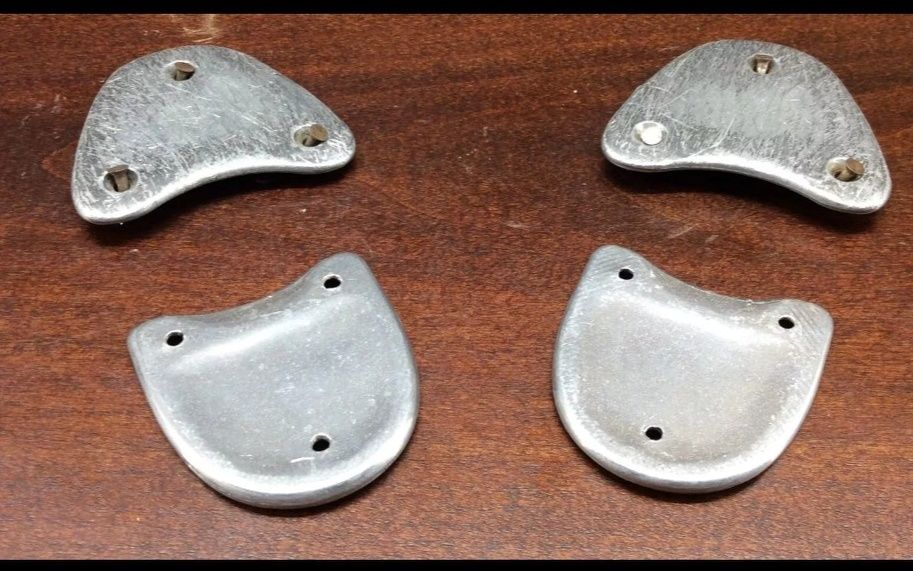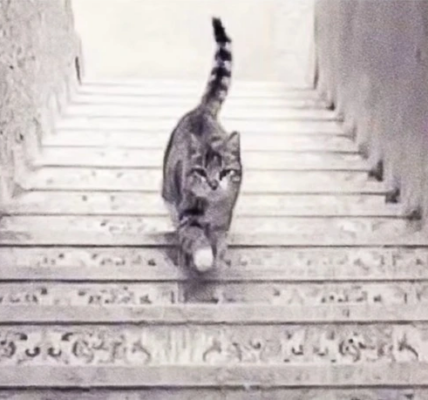Tap dance is a dynamic blend of movement and percussion, creating rhythm with every tap of the foot. This art form has a rich history, filled with cultural exchanges and innovations that have made it timeless and beloved. Central to this unique style are tap shoes, which have evolved alongside the dance, amplifying its sounds and enhancing its energy. Let’s take a journey through the history of tap dance, the evolution of tap shoes, and how this style continues to inspire dancers worldwide.
The Origins of Tap Dance: A Cultural Melting Pot
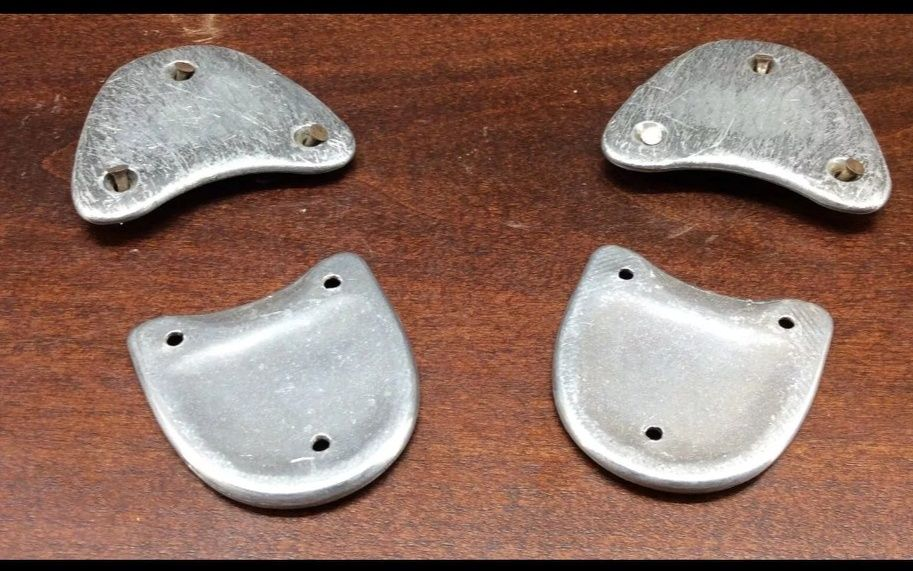
Tap dance originated in the United States, born from a fusion of cultural influences. Emerging in the 19th century, it combined elements from African dances, Irish step-dancing, and British clogging. African slaves, who were often prohibited from using traditional drums, began using their feet to create rhythms, preserving their heritage in a new form. Their unique rhythms laid the groundwork for tap dance, influencing its sound and style.
Simultaneously, Irish and English immigrants introduced jigs and reels to America, and on Southern plantations, these diverse groups observed each other’s dance styles, blending them into a new form. This cultural exchange gradually transformed into tap dance, an art form distinctly American yet deeply rooted in multiple traditions.
Tap Dance in Minstrel Shows and Competitions
After the Civil War, tap dance gained popularity in minstrel shows and dance competitions, although minstrel shows were controversial for their stereotyped portrayals. These performances brought together Black and White dancers who shared and refined their techniques, creating new styles in the process.
One of the most famous tap dancers of this era was William Henry Lane, known as “Master Juba.” A Black dancer who performed with White minstrel groups, he captivated audiences with fast footwork that combined African rhythms with European styles. His groundbreaking style set a high standard for tap, inspiring future generations and leaving an indelible mark on tap dance history.
Back then, dancers didn’t have the tap shoes we recognize today. Many wore soft shoes or wooden clogs, emphasizing rhythm through footwork rather than tapping sounds. Some dancers attached small objects, like pennies, to their shoes to make the rhythms more pronounced, laying the foundation for the development of modern tap shoes.
The Introduction of Tap Shoes: A New Sound for a New Era
Tap shoes, as we know them, emerged in the 1920s. By adding metal plates, or “taps,” to the heels and toes of leather shoes, dancers could create a louder, more defined sound. This innovation allowed them to experiment with more intricate rhythms, capturing audiences with each clear, sharp beat.
During the roaring 1920s and 1930s, tap dancing became immensely popular, especially in vaudeville shows, where it evolved from solo acts into group routines. The louder sounds made possible by tap shoes turned tap into a true musical experience, with each footfall adding to the rhythm of the performance. Tap dance flourished, captivating audiences with its energy, style, and musicality.
The Jazz Connection: Tap Dance Meets Improvisation
As jazz music blossomed alongside tap in the early 20th century, the two art forms found a natural partnership. Jazz’s focus on rhythm and improvisation perfectly complemented tap dancing, which also thrived on spontaneity and rhythm. Tap dancers performed with jazz musicians in clubs, theaters, and major venues, adding their percussive footwork as an additional layer to the music.
This collaboration helped bring tap to new heights, as dancers and musicians played off each other’s improvisations, creating a vibrant, energetic atmosphere. Many tap dancers embraced improvisation, matching jazz’s unpredictable beats with their own creative rhythms, giving audiences an unforgettable, dynamic experience.
Broadway and Hollywood: The Golden Era of Tap Dance

Tap’s popularity eventually spread to Broadway and Hollywood, where dancers like Fred Astaire and Bill “Bojangles” Robinson brought it to mainstream audiences. Astaire’s elegance and Robinson’s smooth, light footwork helped define a new standard for tap performance. Astaire, known for blending ballroom with tap, brought grace and sophistication, while Robinson’s innovative routines, like his famous “Stair Dance,” showcased his skill and control.
Tap also became a fixture in movies, where Robinson’s partnership with child star Shirley Temple charmed audiences. Their performances helped to make tap dance beloved across generations. During the 1930s, 40s, and 50s, tap dance sequences became essential parts of movies, adding emotion and flair to storylines. Tap routines took on a life of their own, with intricate choreography, costumes, and props that made them visually stunning.
A Decline and Revival: Tap’s Journey Through the 20th Century
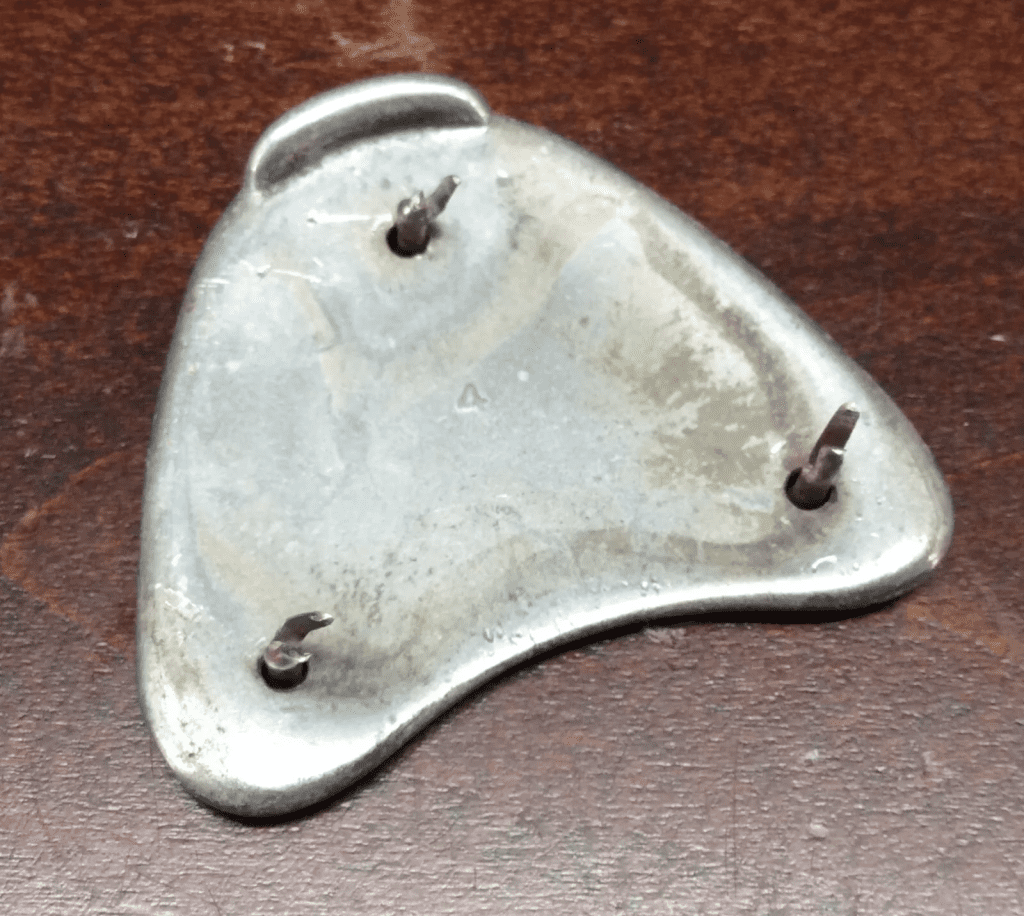
Tap dance faced a decline in popularity during the 1950s and 60s. As rock and roll dominated music, and musicals turned away from tap, the art form began to fade. The close connection between tap and jazz was disrupted as jazz was overshadowed by new genres, and tap routines became less common in films and on stage.
However, tap never disappeared. In the 1970s, the dance saw a revival, led by innovative dancers like Gregory Hines. Hines breathed new life into tap, blending traditional styles with contemporary flair. His powerful performances and rhythmic expertise reestablished tap as a respected art form, inspiring a new generation to pick up the tap shoes.
In the 1980s, tap gained traction again with shows like 42nd Street and The Tap Dance Kid. Gregory Hines, along with his protégé Savion Glover, became champions of tap, bringing it back to Broadway and film. Glover’s unique “rhythm tap” style emphasized the sounds and beats of the dance, turning his feet into instruments and introducing fresh energy into the art form.
Modern Tap Dance: A Fusion of Tradition and Innovation
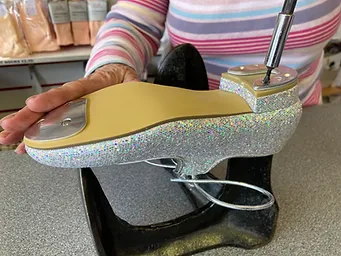
Today, tap dance continues to thrive, drawing from its history while embracing modern influences. Contemporary tap has evolved into two main styles: theatrical and rhythm tap. Theatrical tap, inspired by Broadway’s golden era, focuses on storytelling and expression, with full-body movement that conveys emotion. Rhythm tap, popularized by dancers like Savion Glover, is all about musicality, with an emphasis on footwork that creates complex beats and rhythms.
Modern tap dancers also incorporate diverse music styles, from hip-hop to pop, allowing them to connect with contemporary audiences. The versatility of tap dance gives each performer the freedom to add a personal touch, blending classic techniques with modern innovations for a fresh, unique performance.
Conclusion: The Lasting Legacy of Tap Dance and Tap Shoes
Tap dance is more than just a dance style; it’s a cultural legacy that has influenced American entertainment and dance worldwide. From its origins on Southern plantations to vaudeville stages, Broadway, and Hollywood, tap has evolved and grown while staying true to its rhythmic roots.
Tap shoes, with their distinctive taps, remain central to this art form, turning each movement into music that resonates across generations. Today, tap dance continues to inspire, capturing the hearts of audiences with its infectious energy and rhythmic charm. Whether in theaters, clubs, or dance studios, tap dance is here to stay, carrying on its tradition of rhythm, creativity, and expression.
